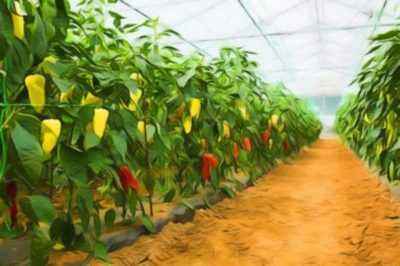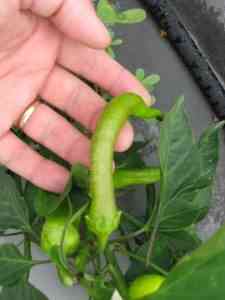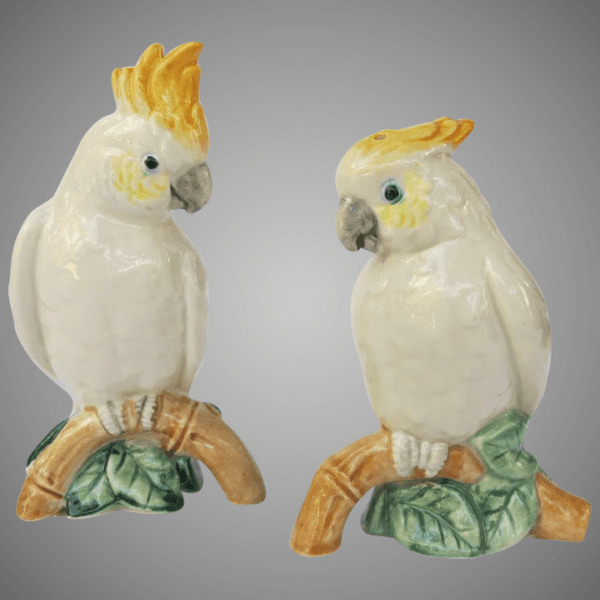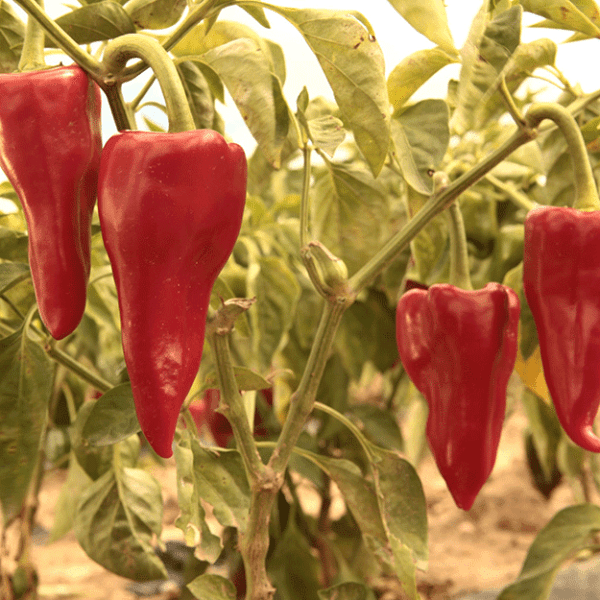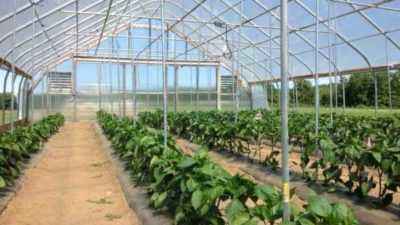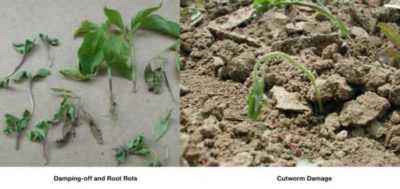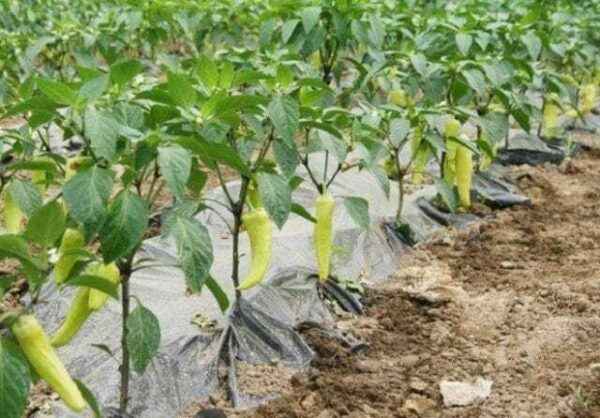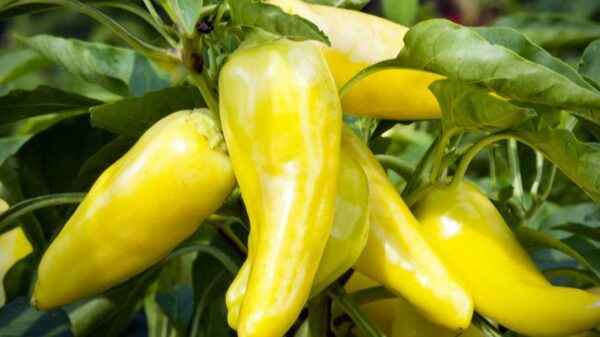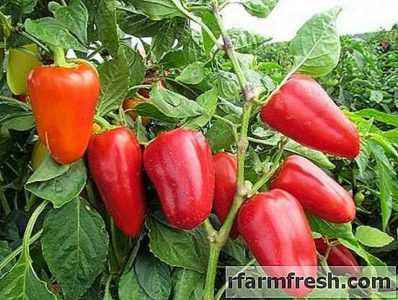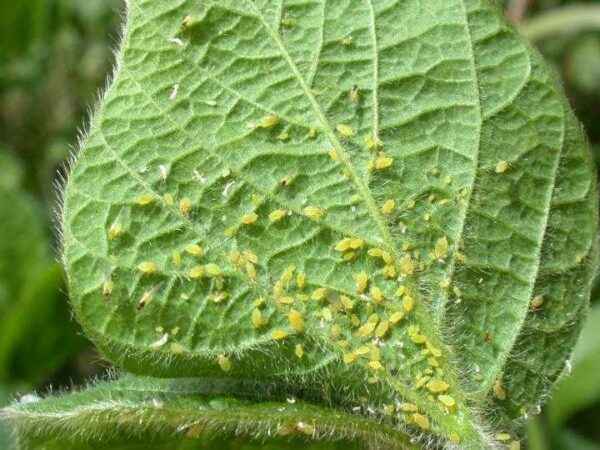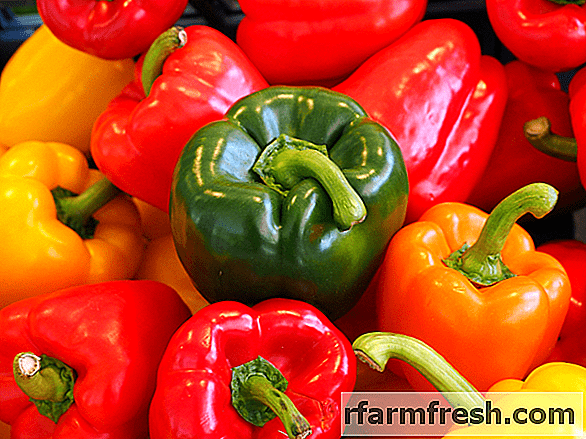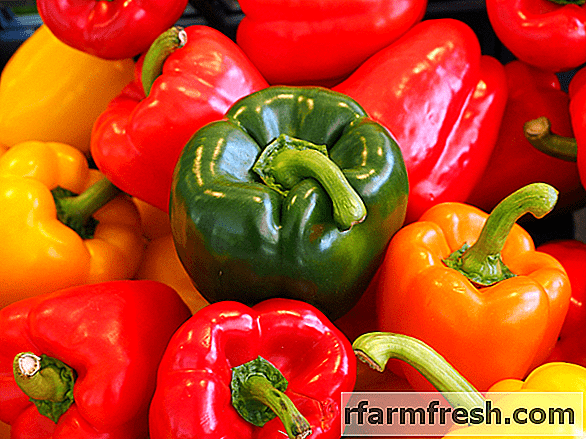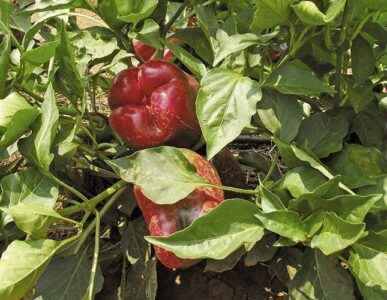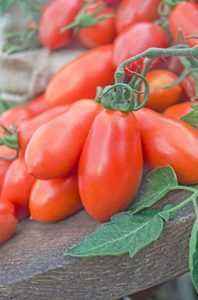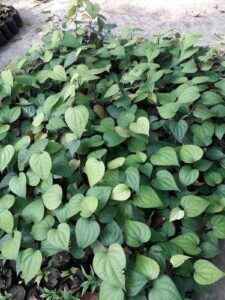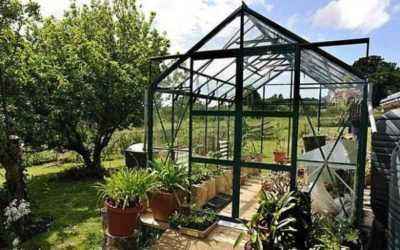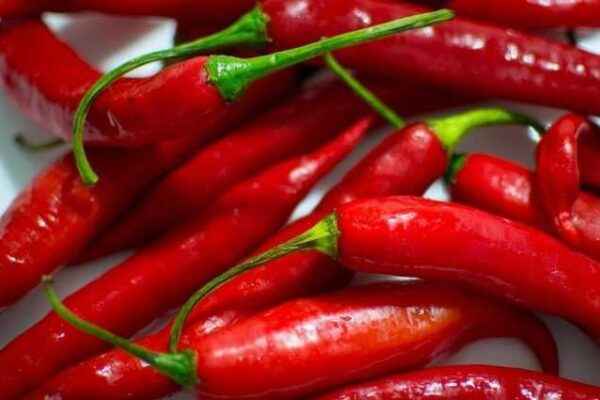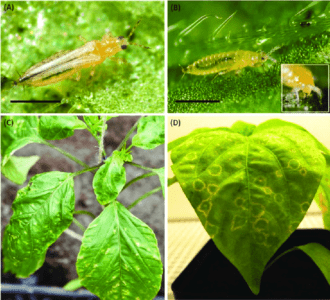When the pepper leaves fall, this is a signal that the plant lacks nutrients, or it is affected by some kind of disease. To get rid of the problem and get a high-quality crop, you need to identify its cause.
- Reasons
- Improper watering
- Lack of nutrients
- Adaptation period during transplant
- Pests
- Diseases
- Fungal diseases
- Planting rules
- Care tips
- Conclusion <
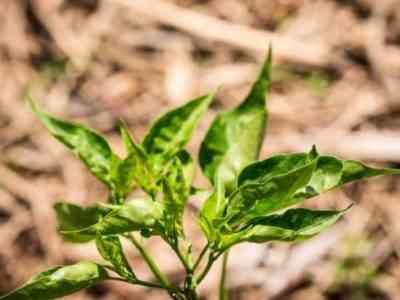
Reasons for leaves falling from pepper
Reasons
Reasons by which pepper leaves fall can be called a lot, but among them the main ones are distinguished: abundant watering, lack of nutrients, adaptation after planting and pests.
Improper watering
Cold water is detrimental to the vegetable. Even a single watering will cause the crop to stop its development. should be carried out with warm water, the temperature of which should be above 20ºС. The vegetable is quite demanding on irrigation. A poorly conducted process leads to leaf fall in the plant. Excess moisture or prolonged drought should not be allowed.
Lack of nutrients
Lack of nutrients in the soil can also cause leaves to fall off the bell pepper. Peat or clay soils are unsuitable for planting this crop.In such soil, the plant lacks:
- nitrogen;
- calcium;
- potassium;
- phosphorus and others.
An acute shortage of nutrients is felt on depleted soils, where organic and mineral fertilizers have not been introduced for a long time. The reaction of the crop to poor soil manifests itself in yellowing, twisting, and falling of the lower leaves.
Adaptation period when transplanting
Pepper seedlings tolerate the planting quite well in open ground. A heavy addiction is expected if you do not prepare it for a transplant in advance. The causes of leaf fall during the adaptation period can be:
- not hardened seedlings;
- insufficiently heated soil during planting;
- lack of vitamins and minerals in the soil;
- lack of sunlight.
Lighting is also very important for adaptation. Sunlight affects the full development. When planting seedlings in the shade or penumbra, their growth slows down, metabolic processes are poor, so the leaves can fall.
Pests
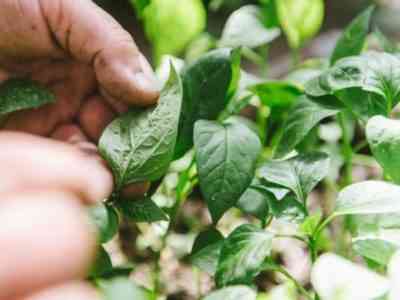
Pests prevent plants from fully growing
Peppers are a tasty vegetable for insects such as spider mites and aphids. They suck nutrients from the juice of the plant.Aphids cover leaves with sticky secretions, and a spider mite wraps them with a thin string of cobwebs, resulting in a violation of the photosynthesis process. Weakened seedlings gradually dry up and die. Vegetables affected by pests will not die, but the quality of the crop will greatly decrease.
Diseases
Among the reasons why the leaves of bell pepper fall, there are diseases that seedlings are prone to. Diseases affect plants with low immunity and protective functions.
Bacterial diseases
This category includes diseases such as black spotting, bacterial wilt and bacterial cancer.
In order to prevent their occurrence, it is recommended to observe the temperature regime and timely remove dried parts and disinfect the soil for planting. For the treatment of such diseases, it is worthwhile to carry out:
- Digging the soil, observing crop rotation.
- Cutting off damaged areas.
- Spraying with a solution of copper sulfate.
- Methyl bromide treatment.
Viral lesions
For viral diseases, the only method of prevention is to plant virus-resistant pepper varieties: Aries, Zarya, Yubileiny, Dar Kasiya, Atlas, Cardinal. To diseases of viral origin include tobacco and cucumber mosaic, as well as strick. The treatment methods include:
- Seed treatment before planting with a weak solution of potassium permanganate.
- Spraying seedlings with a mixture of milk and iodine.
- Treatment of the effects of bacterial infections.
- Removing weeds in the beds.
Fungal diseases
Fungal diseases that cause leaf decay include brown spotting and rot. These diseases are caused by damage to the vegetable by spores of fungi that persist in the soil or enter with various fertilizers. For the treatment of pepper you need to:
- Remove areas that are affected by the fungus.
- Treat Bordeaux liquid.
- Spray with infusion of garlic.
To prevent leaves from falling over pepper seedlings, it is worthwhile to regularly air the greenhouse.
Do not allow stagnation of moisture in the soil and overgrowing with weeds. Compliance with the temperature regime favorably affects the development of the plant, especially in the autumn period.
Planting rules
To plant this vegetable crop, you should choose a site that is well heated by sunlight. It should be borne in mind that slight shading in intense heat is recommended for all types of pepper, including those that are sufficiently photophilous, such as sweet and Bulgarian. But landing in the shade is not recommended.In regions with frequent rains or cloudy weather, vegetable cultivation should be transferred to greenhouses, where it is possible to arrange additional lighting.
To plant this crop, choose a place with fertile soils neutral for acidity. Too acidic soil, it is worth liming beforehand. The introduction of dolomite flour is planned for the autumn period for digging.
Care Tips
Pepper is a very demanding culture and often gets sick and dies with poor quality care. To avoid leaves falling off the pepper, you must adhere to the following rules:
- When watering, you must observe the ratio of the temperature regime of water to air and soil. Water should be warm, but not lower than 5º from air temperature. It is not necessary to irrigate when the temperature in the street drops below 17ºС. Water should be applied directly to the root system of the plant, distributing evenly. With a rather hot summer, additional irrigation should be carried out by irrigation of the entire garden. A favorable time for watering is in the early morning or evening hours, while the earth is still warmed up by the daytime sun.
- To increase the circulation of air and moisture in the soil, rotted manure should be added to prepare the soil for winter. Fresh humus is not recommended. The high nitrogen content in it will adversely affect the crop. Peat should not be added as a top dressing, because it enhances acidity.A small amount of wood ash will beneficially affect the growth of pepper, because the composition contains calcium phosphorus and potassium. Organic fertilizers will help make the soil more loose and light. The introduction of organics is carried out in the autumn. When flowering, when future vegetables begin to form, in order to improve the quality of the crop and prevent leaf shedding, it is worth doing top dressing with complex mineral fertilizers. During this period, the culture needs superphosphates.
- Hardening seedlings must be carried out immediately after transplantation into the open ground. To do this, for 2 weeks before planting, seedlings must be placed alternately: during the day – on the balcony or terrace, and at night – leave on the window in the house. It is worth planting only in warm ground when the frost has already passed. To minimize sudden changes in temperature, you should cover them at night and protect them from direct sunlight.
- It is worth regularly inspecting the plant stem for the absence of insects such as aphids and spider mites. It is necessary to immediately take measures when announcing the first signs of pests. A favorable time for the reproduction of parasites is a dry and hot summer. It was during this period that an overpopulation of aphids and spider mites on the lower leaves of the culture should be prevented. Before color can be treated with insecticides from pests. Do not increase the dose indicated on the label. Re-culture should be after 14 days.When the first ovaries appeared, treatment with insecticides was not recommended. It should be replaced with folk remedies. For processing, infusions based on tomato tops, dandelion mustard, chamomile or hot pepper are used. The best effect is the alternation of solutions with an interval of 3 to 10 days.
Conclusion
To prevent pepper leaves from falling off, preventive actions and proper treatment should be given based on the reasons that caused it.
